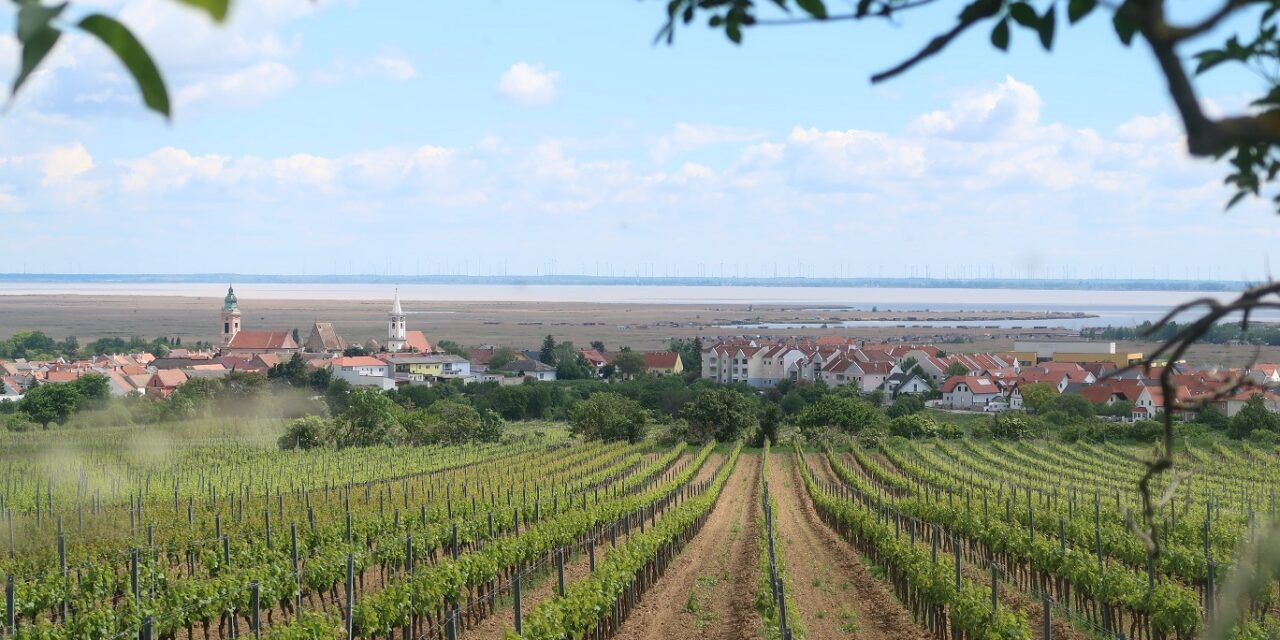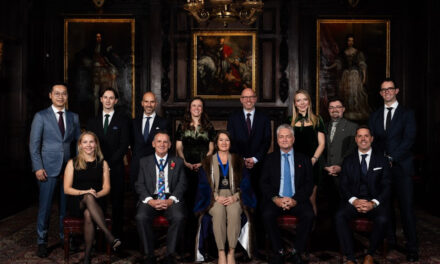Exploring Alternative Grape Varieties and Adaptation Strategies for a Changing Climate
RUST – Rising temperatures during summer seasons are having a profound impact on the Austrian wine industry, bringing about notable changes. As temperatures soar, many wines are experiencing a loss of acidity and a less refreshing flavor profile. Nonetheless, there is optimism among winemakers who believe that exploring alternative grape varieties could hold the key to addressing these challenges.
One of Austria’s prominent wine regions, Rust, situated along the shores of Lake Neusiedl, boasts a rich historical legacy in winemaking. In medieval times, Rust’s winemakers established a thriving commercial network that extended to regions like Bavaria and Poland. To signify protected origin, Hungarian Queen Maria granted Rust winemakers the privilege of engraving a distinguished “R” on their wine barrels.
The industry is facing the consequences of climate change, which are significantly affecting the taste of wines across Austria. Consequently, winemakers are looking to adapt by embracing new grape varieties. According to seasoned winemakers, the scorching heat in August gives rise to an oven-like sensation. Furthermore, the harvest season has undergone a significant shift, occurring six weeks earlier compared to previous years.
The earlier harvest has repercussions on wine characteristics, resulting in diminished acidity and a less invigorating taste. Winemakers are now turning to lesser-known grape varieties, including Furmint, a white wine grape that ripens late. This unique characteristic of Furmint allows it to remain unaffected by the August heat when other grape varieties accumulate sugars and lose acidity prematurely.
Austrian winemakers are increasingly incorporating Furmint grapes into their production due to the changing climate. In the past eight years, the cultivation area dedicated to Furmint has tripled. On the global stage, Austrian wines are gaining recognition for their environmentally conscious practices and exceptional quality, leading to a surge in export value.
While Grüner Veltliner grapes currently dominate a significant portion of Austrian vineyards, the intensifying heat might prompt winemakers to reassess their reliance on this variety. Some experts speculate that livelier Grüner Veltliners may be replaced by slightly bolder versions. This shift in the industry reflects the broader changes occurring in the European wine sector. As evidence, vineyards have already emerged in Sweden, indicating that wine production regions are likely to migrate. In Central European areas where temperatures become excessively hot, winemakers may opt for alternative crops instead of vineyards.
Historically, viticulture in many parts of Austria was hindered by cold weather. However, the shifting climate presents opportunities, including increased cultivation area and the exploration of new grape varieties. In addition to Furmint, winemakers are now venturing into Petit Manseng, another grape variety known for its resilience to heat.
According to winemakers, Petit Manseng shares the advantages of Furmint but even more pronounced. The grape remains unaffected by August’s heat as it retains its green, unripened state and does not accumulate sugars. As winemakers adapt to these changing conditions, the rising temperatures necessitate a greater reliance on artificial irrigation methods to ensure optimal grape growth and wine production.










